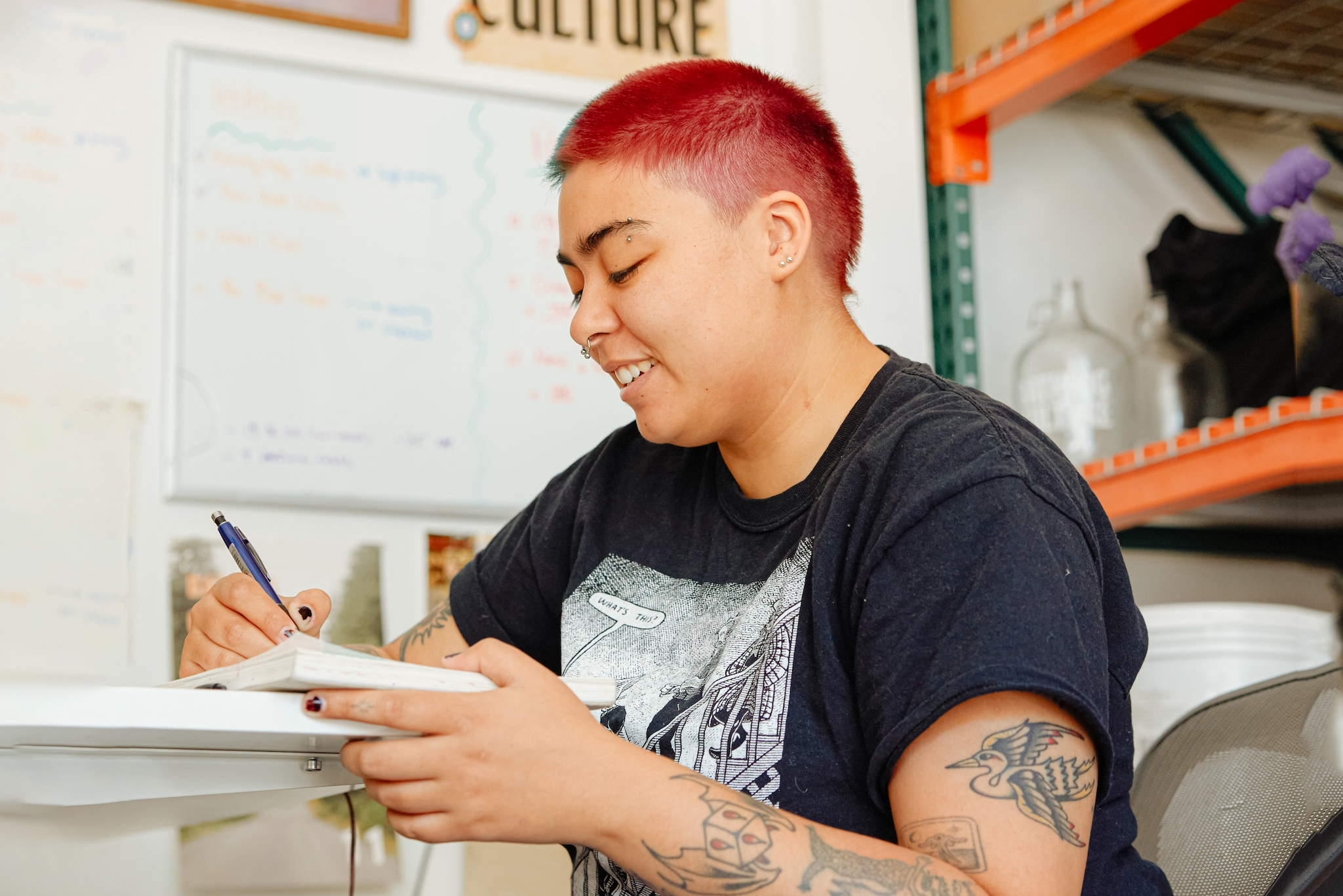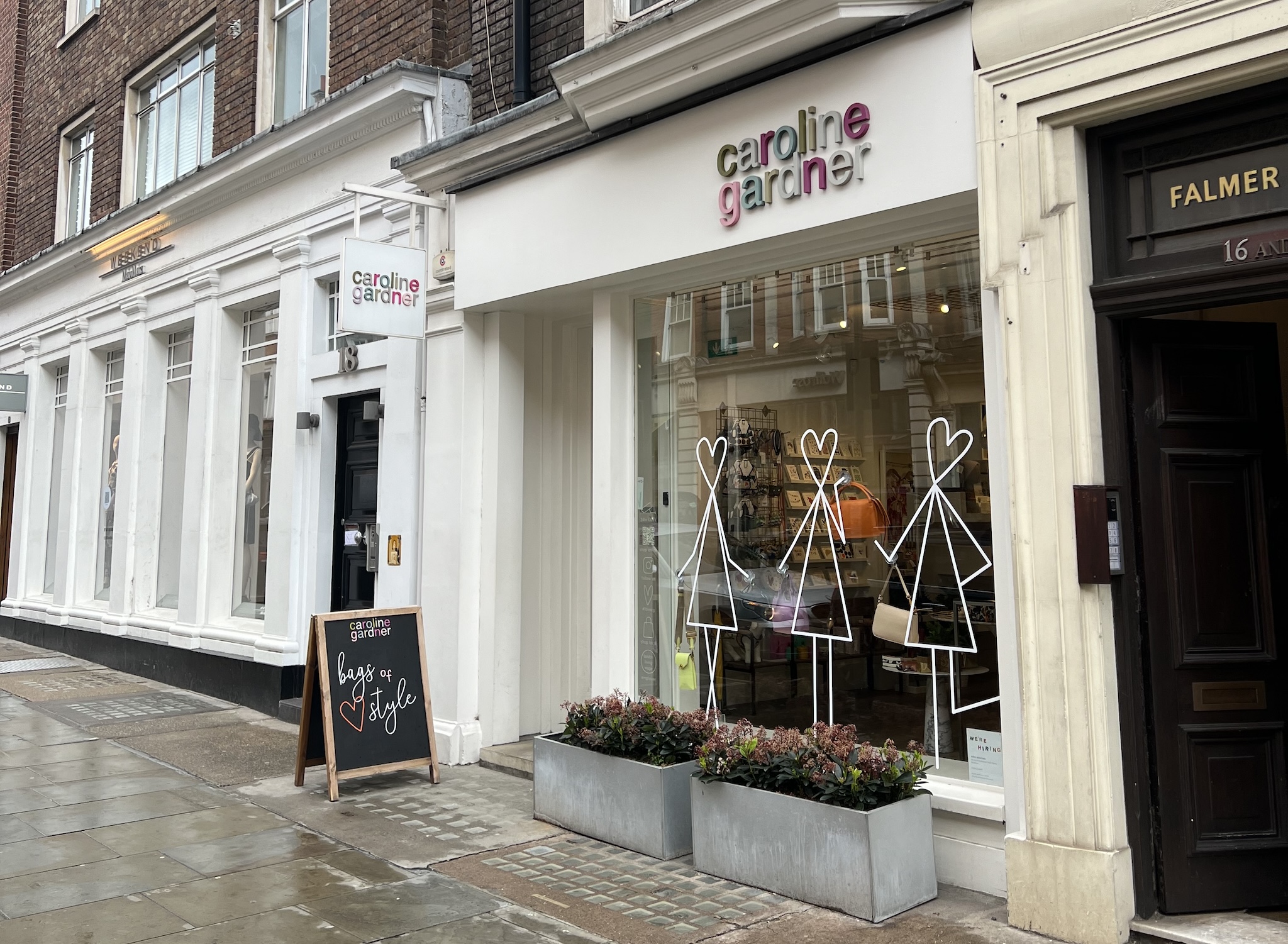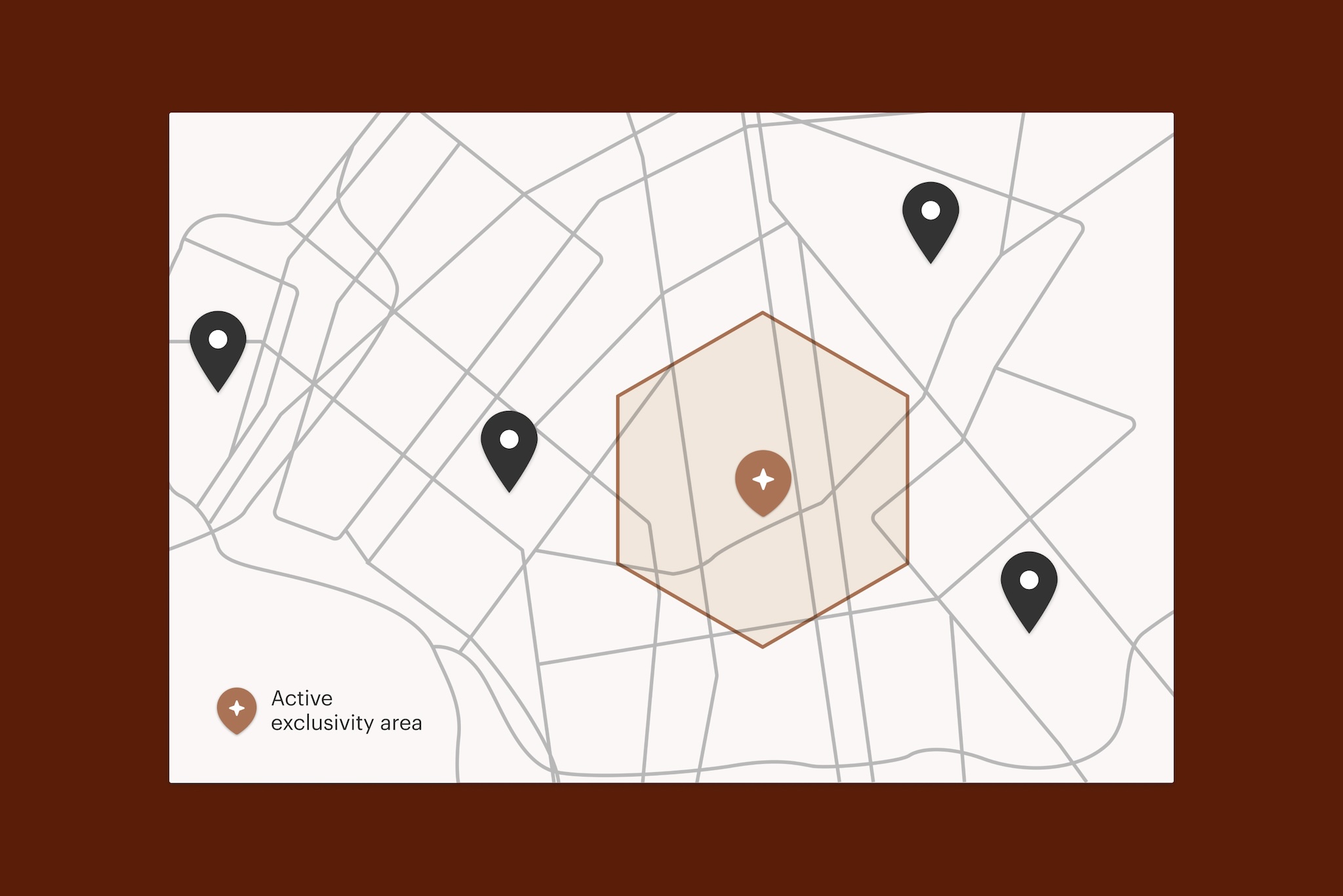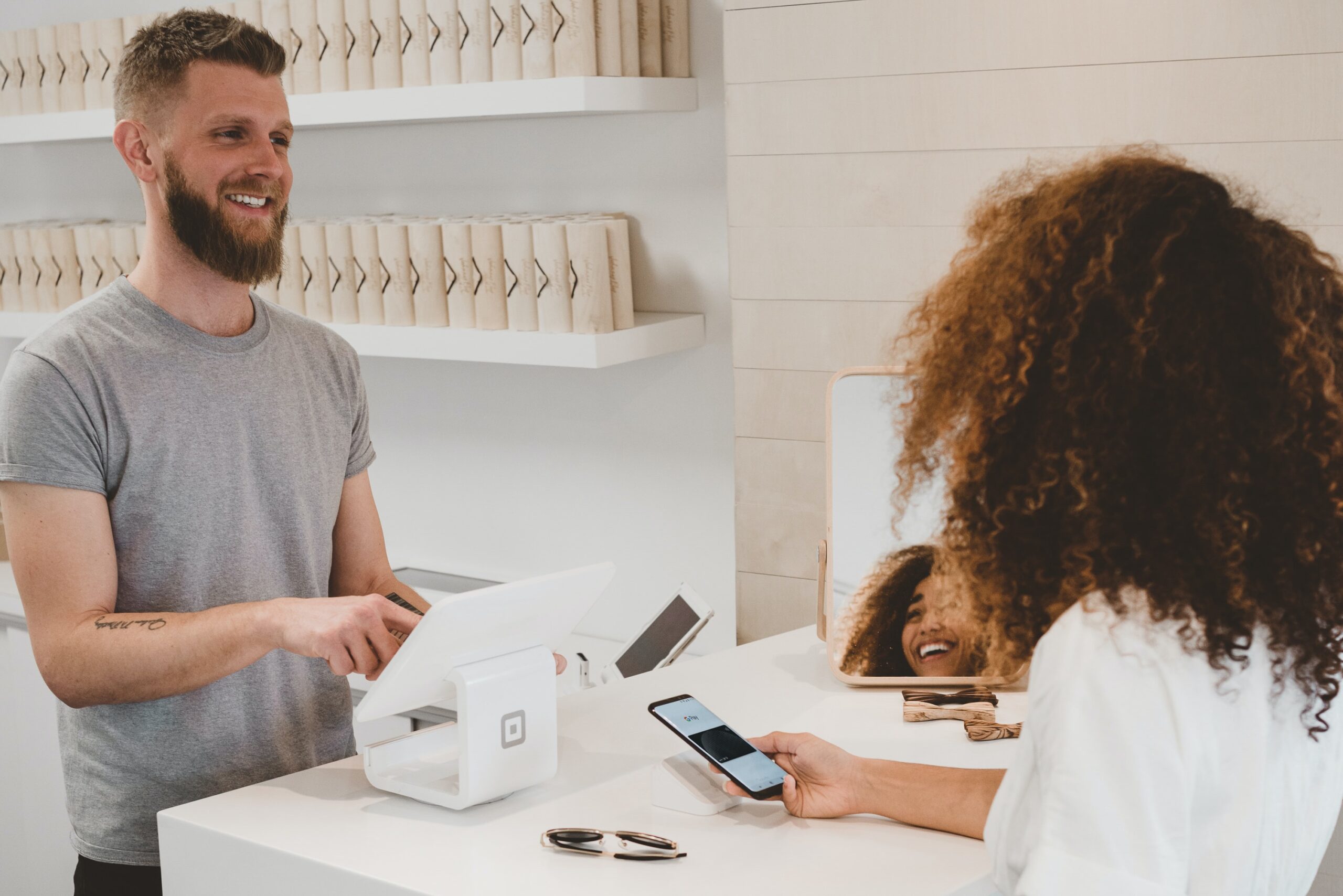
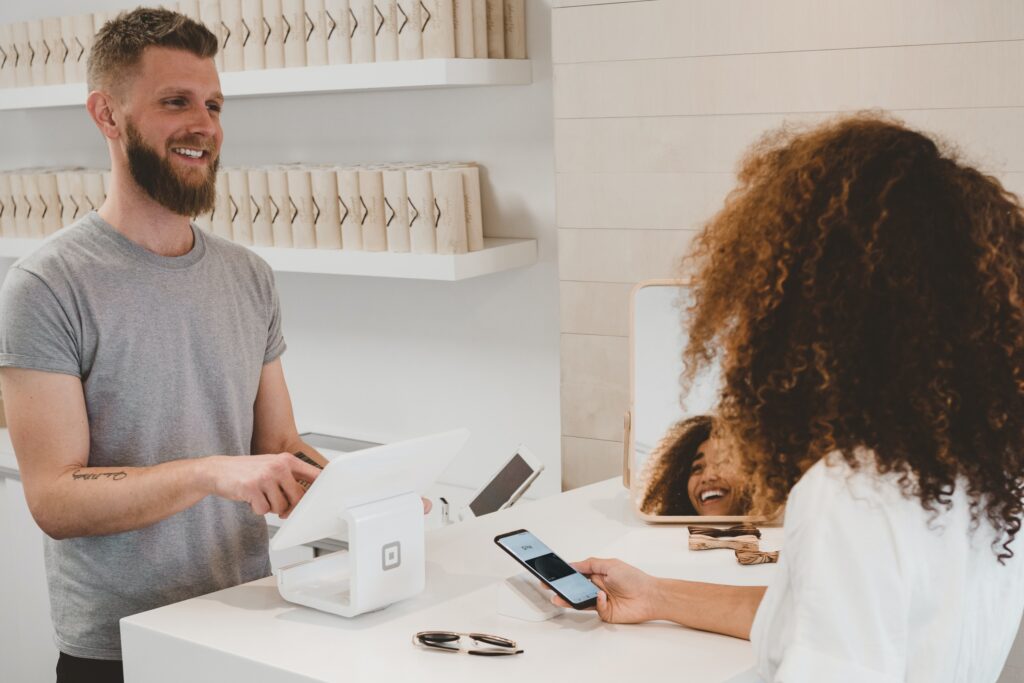
The cost of living crisis is front of mind for everyone–consumers are tightening their purse strings, brands are worried about losing customers, and retailers are tasked with finding new ways to reach and communicate with shoppers.
As the crisis continues to unfold, consumers are changing the way they shop.
In a study by KPMG about their planned spending habits in 2022, consumers clearly outlined their worries about the impact of a looming recession. Many were anticipating cutbacks in their spending on both luxuries and essential products:
- 67% planned to cut back on buying clothes
- 34% planned to invest in fewer beauty products or services
- 26% planned to cancel subscriptions like streaming services and gift boxes
An even more recent study from McKinsey shows that 81% of consumers have changed their shopping behaviour in the last few months and will continue to cut back this holiday season and beyond.
It can be tempting to think that consumers don’t want to hear from you during this time–they’ve got better things to think about, right? But that’s not the case.
Research by Reach clearly showed that almost 60% of consumers demand or expect support from retailers at this time.
You might see obvious changes over the coming months, like less foot traffic in brick-and-mortar stores, an increase in site traffic but fewer purchases, and an uptick in sales on essential items. These changes call for aligned communication that is intentional and speaks to the current struggles consumers are facing.
Your regular communication may no longer fit the needs of your customers. In fact, continuing as you are (or worse, dropping all communication entirely) can damage trust and lead to a negative perception of your company.
The solution is to arm your customers with the information they need to make well-informed decisions and emphasise intentional communication at every perceivable touchpoint.
Here’s how you can do that.
1. Deliver essential information quickly and effectively
There is an overwhelming amount of information doing the rounds at the moment. Leave customers with no confusion by paring back your communication to deliver essential information quickly and transparently. Don’t dance around the topic even if you’re delivering bad news, like shipping delays or a severely reduced inventory.
Consumers are under immense pressure from all sides and they don’t have time to read between the lines. Wherever possible, get to the point quickly and honestly.
2. Don’t be afraid of saying “I don’t know”
No one can predict what will happen over the next few months. We can take a stab in the dark, but nothing is certain right now. Everyone is in the same boat, so don’t pretend to have the answers even if it feels like you’re being helpful. Embrace the unknown of these tough times and share what you do know. But don’t be afraid to share what you don’t. For example, if a customer asks when a product will be back in stock but you’re not sure due to supply chain issues, tell them. People will appreciate your honesty and transparency.
3. Address common questions and concerns
There’s a chance the number of consumer questions and concerns you receive will ramp up because shoppers want to be extra sure they’re making the right decision. Instead of waiting to receive each individual question and responding in due course, take the initiative and answer common enquiries upfront, either through well-timed emails, new copy on your website, or fresh content.
For example, if you’ve increased your prices because manufacturing costs have gone up and you get a lot of questions from customers about why your prices have increased, consider adding some copy about it on your site or in any promotional emails.
4. Consider other ways you can help
You might find you feel particularly helpless during this time–that’s totally normal and you’re not alone. Everyone is staring into a sea of unknowns, so offering consumers alternative ways to help shows you understand their concerns and have thought about what they might need from you.
There are plenty of short-term solutions you can offer consumers to help them financially without damaging your own accounts:
- Can you offer discounts for bulk purchases?
- Can you offer a buy now, pay later scheme?
- Can you implement a loyalty programme that rewards shoppers when they buy from you?
- Can you give shoppers the option to pay using alternative payment methods?
5. Emphasise the practical side of your products
Consumers are swapping aspirational, luxury purchases for the essentials. Showing shoppers how your products are a practical solution to daily challenges will help them make informed purchasing decisions.
Use your communication channels to guide customers through these uncertain times by highlighting the versatility of your products and providing new ways of thinking about and using everyday items.
4 cost-effective marketing tactics that help spread your intentional communication
Staying in touch with consumers is key. But how can you do that when purse strings are tight and advertising costs have increased by 31.2% from pre-pandemic levels?
1. Check in via email
Email is a far more personal way to stay in touch with shoppers than sending ads to their social feeds. Better yet, most email platforms let you send targeted emails to segmented groups of customers to create a unique and customised experience.
Start by creating custom email lists for different audience segments, like those who regularly visit your site but haven’t yet placed an order or those who have bought from you frequently in the past. Then, you can send highly personalised emails about their current situation, suggest products they might enjoy, and share company news to foster an ongoing connection in their inboxes.
The Cotswold Company, for example, offers thoughtful gift ideas for under £10, showing it understands its shoppers might be feeling the pinch this Christmas.
2. Organic social media marketing
While paid social media marketing might be off the table for a while, you can still use your social channels to connect and engage with shoppers organically.
Think about who your audience is and where they like to hang out–whether it’s TikTok, Instagram, or Facebook. Spending time where your customers are, answering their questions, and joining in timely discussions is a great way to build a community and help customers feel socially connected during difficult times.
3. Remarket to your loyal customers
It’s harder to convince shoppers who don’t know about you to buy from you at the best of times, let alone during a national cost of living crisis (it’s also more expensive).
Instead, focus your energy on engaging or re-engaging existing customers until we know more about the impact of the cost of living crisis. Consider offering special deals, starting up a loyalty programme, and adding products to your catalogue that you know existing customers will love.
The flip side of this is that consumers tend to cling to familiarity when faced with uncertainty. This means shoppers are more likely to stick with brands they know, even if they have to pay more. Not to mention that, when times get tough, people enjoy simple pleasures like buying their favourite products from a brand they love.
Fy offers existing customers an exclusive headstart on any deals and sales. The pared-back email is void of any flashy graphics, so it feels genuine and personal.
4. Think outside the box
Just like during the pandemic, consumers want to see their favourite retailers doing good things. Consider supporting local charities, partnering with complementary brands in adjacent industries, or creating a progamme that gives back. Bigger retailers like Decathlon are launching rental services to make big-ticket items cheaper. Customers can rent equipment like kayaks and paddleboards from £20 a day, while Very has released a new fashion and homeware product line called “Everyday” where items will cost an average of 20% less than its own-brand range.
But smaller retailers are thinking outside the box too. Gift retailer Curated Makers takes its products to customers by hosting pop-up displays in popular stores, like John Lewis.
Stay in touch with intentional communication
Communication is crucial during difficult times and your customers are expecting to hear from you. But here’s the thing–their needs might have changed, which means your messaging needs to reflect that.
Consider how you’ll support shoppers during the cost of living crisis and ensure your company stays on their radar with intentional communication and cost-effective ways of putting your message out there.

